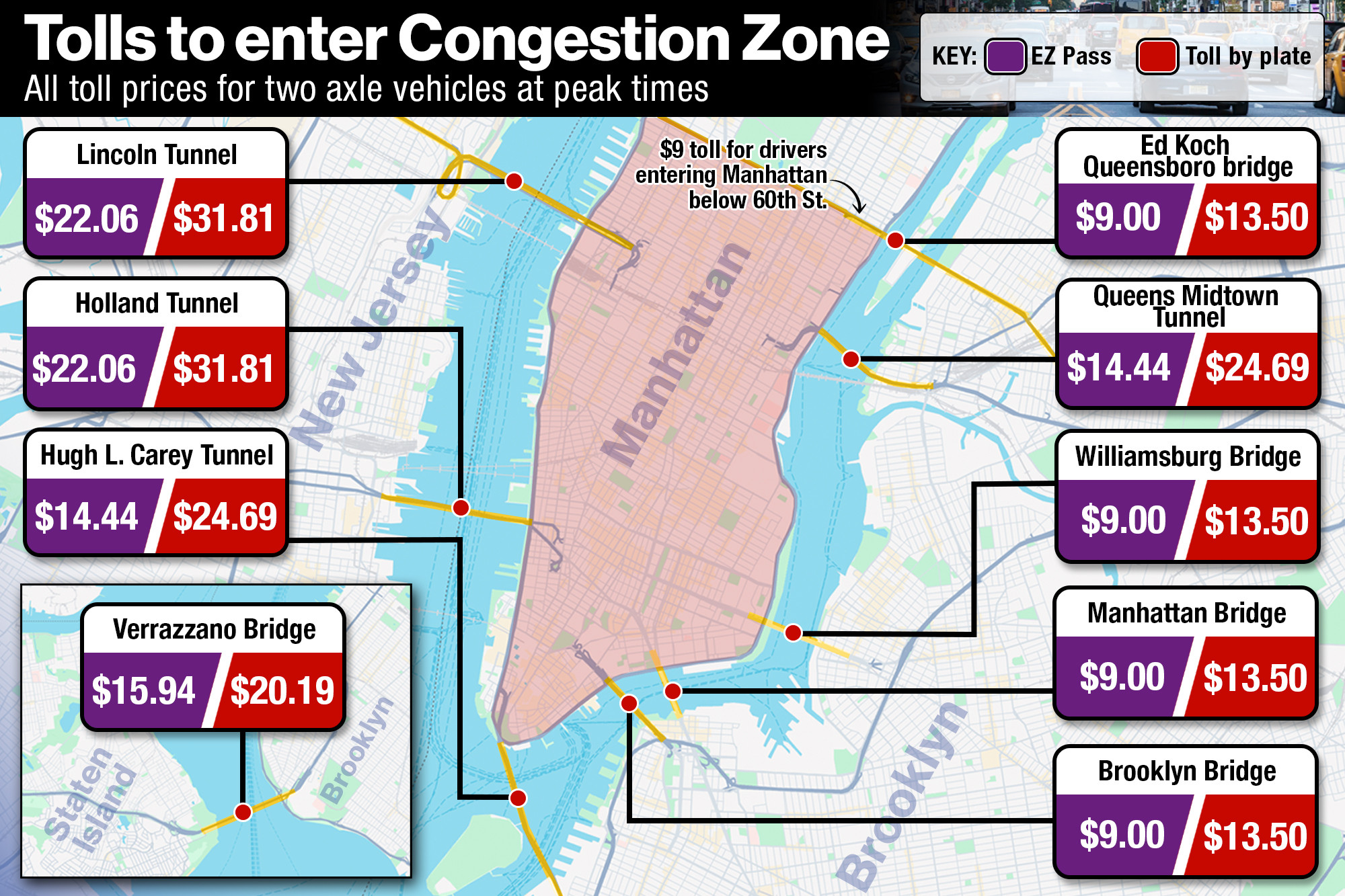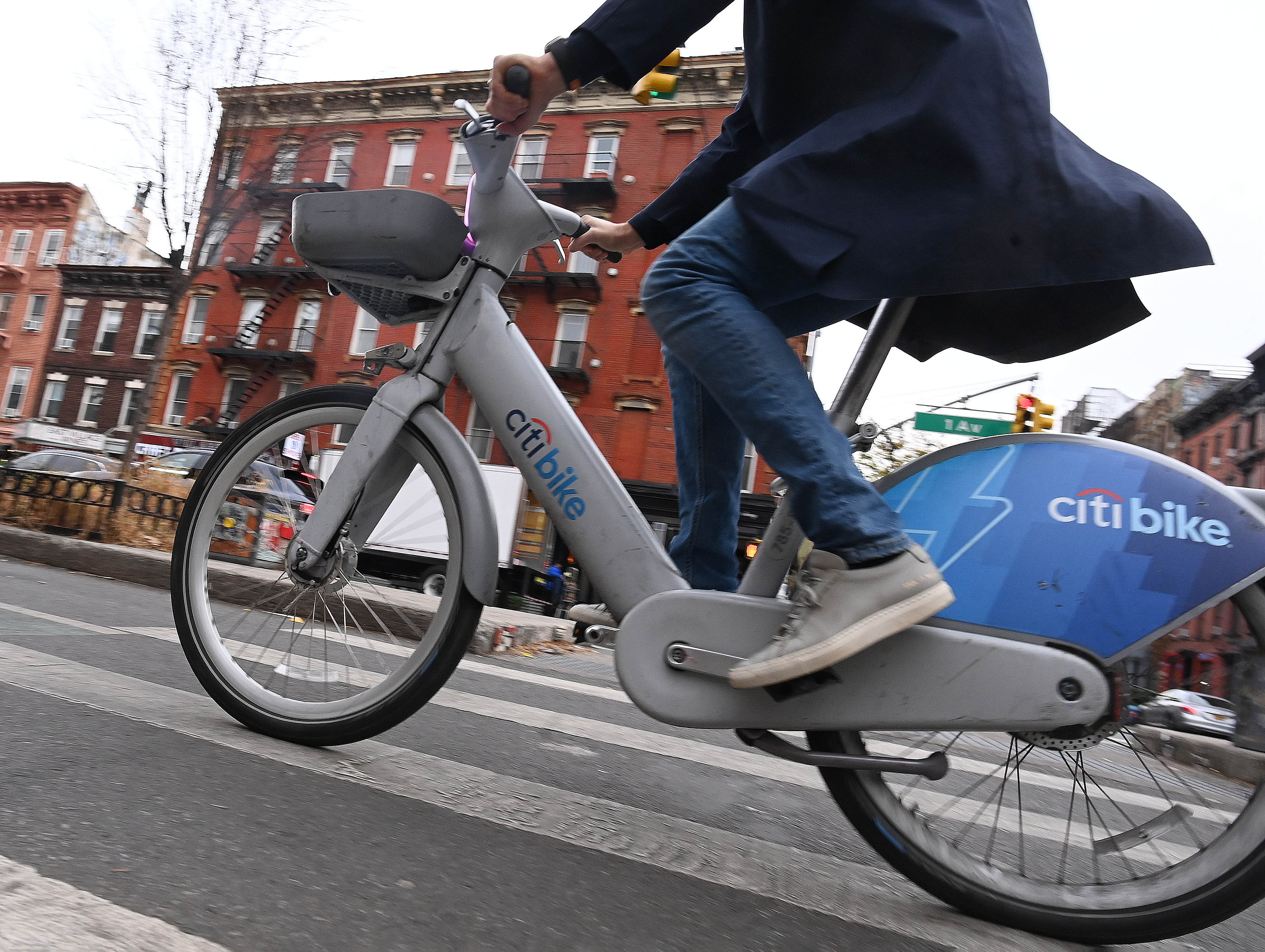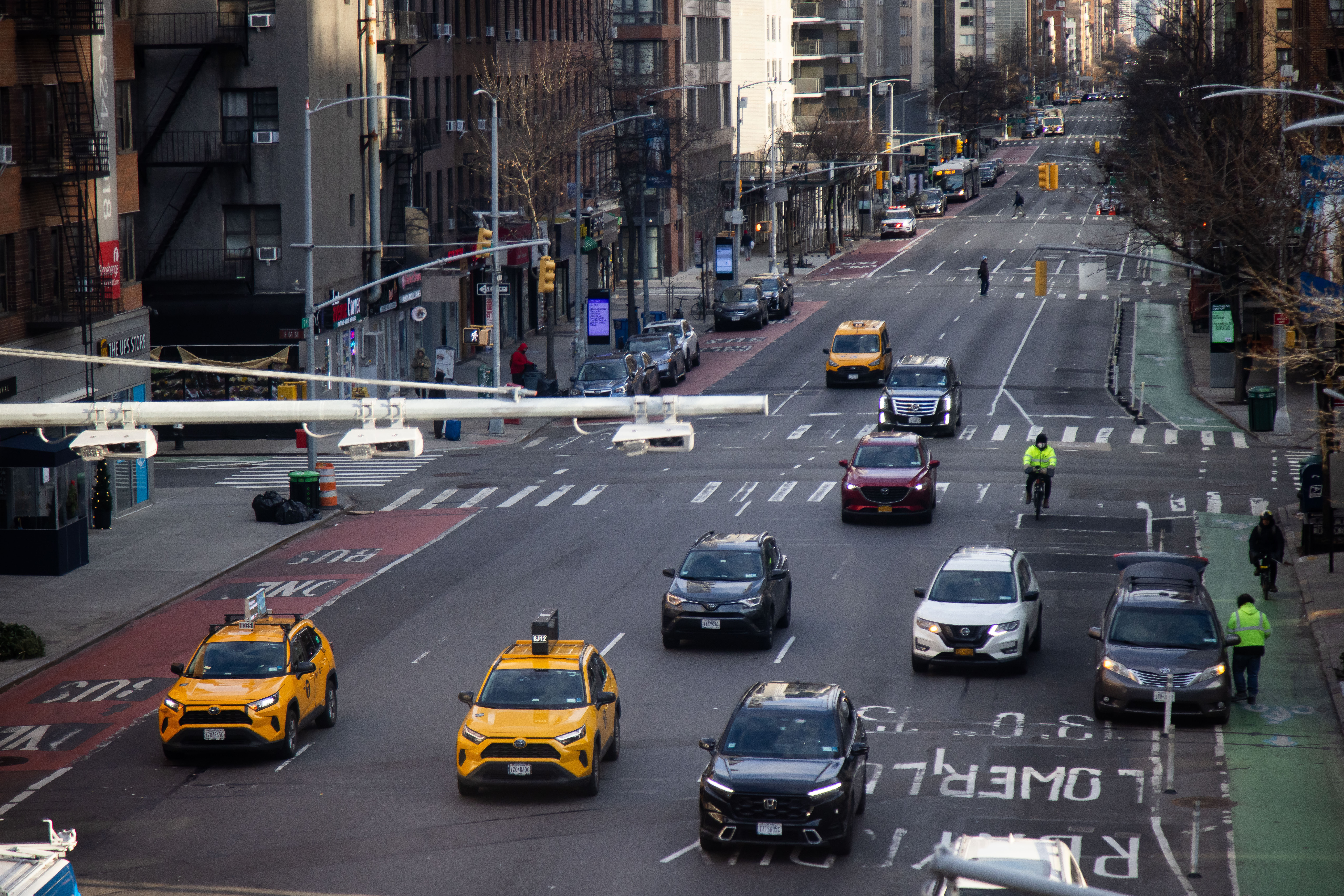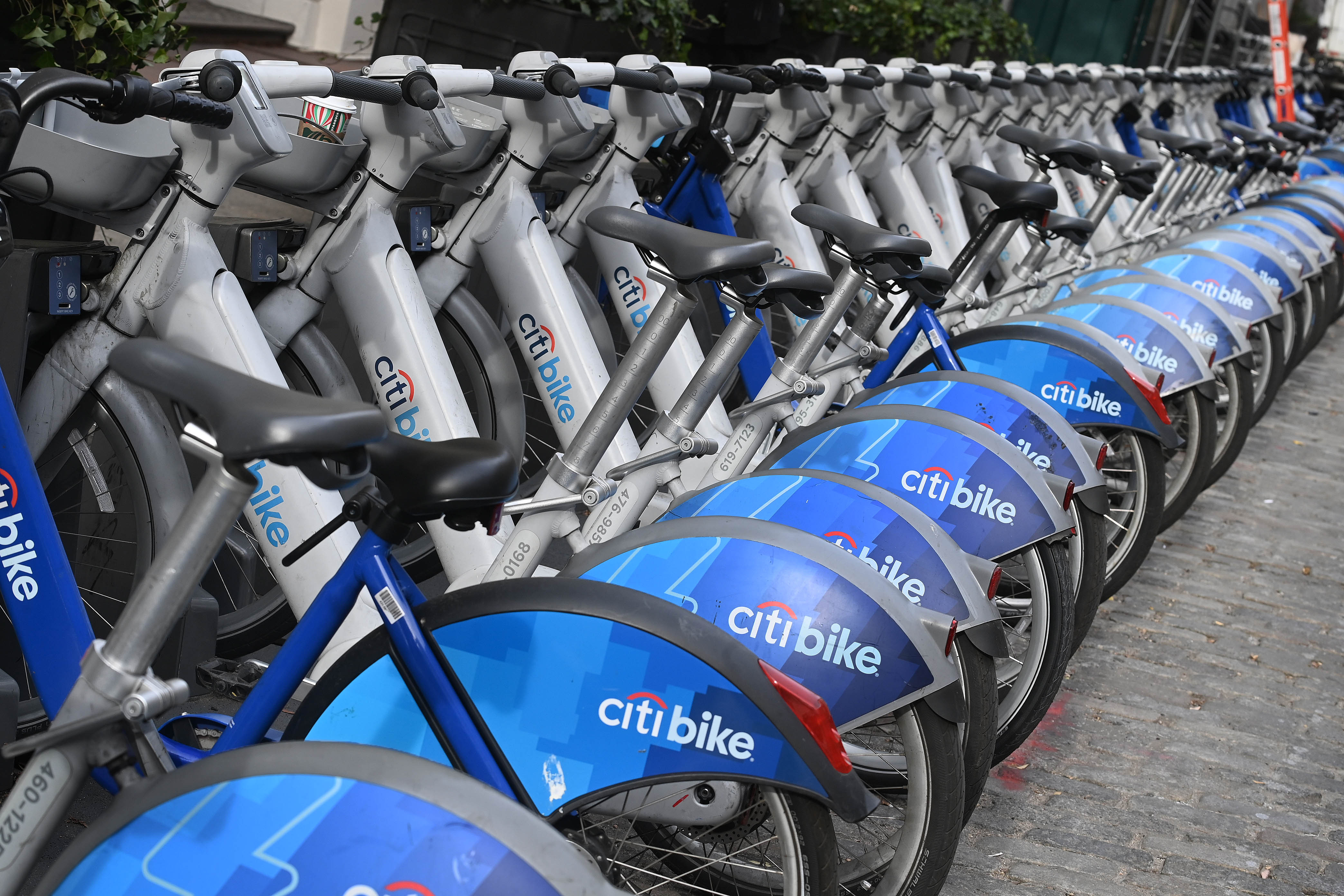Navigating New York City just got a bit pricier for Citi Bike enthusiasts. Just months after the last increase, the popular bike-sharing service has once again adjusted its rates, leaving riders facing higher costs just as congestion pricing takes effect in Manhattan. This latest hike in Citi Bike Rates coincides with the implementation of congestion tolls, a move that critics argue disproportionately impacts commuters and could ironically benefit ride-sharing giants like Lyft, Citi Bike’s parent company, and Uber, who reportedly lobbied for the new pricing structure.
Understanding the New Citi Bike Rates
For regular Citi Bike members, the cost for electric bikes has seen an uptick, moving from 24 to 25 cents per minute. Furthermore, a $5 surcharge now applies to e-bike rides lasting 45 minutes or less that either start or end in Manhattan. For longer e-bike journeys, the rate is set at 25 cents per minute without a cap.
Non-members are also feeling the pinch. Single-ride passes have increased from $4.79 to $4.99, and the per-minute fee for e-bikes has risen from 36 to 38 cents. Looking ahead, day passes for non-members are slated to jump to $25 starting February 3rd, further impacting occasional users and tourists relying on Citi Bike for city exploration.
 A map showing neighborhoods closest to the 60th Street tolling zone in New York City, where increased traffic congestion is expected due to congestion pricing.
A map showing neighborhoods closest to the 60th Street tolling zone in New York City, where increased traffic congestion is expected due to congestion pricing.
Why Are Citi Bike Rates Going Up?
Citi Bike cites familiar reasons for the increased rates: inflation and the escalating costs associated with operating and maintaining their e-bike fleet. This justification echoes the company’s rationale behind the rate increase just six months prior. Interestingly, this price adjustment arrives hot on the heels of New York City’s congestion pricing implementation.
Lyft and Uber, major players in the ride-sharing industry, reportedly invested significantly in lobbying efforts to support congestion pricing. While these companies face a $1.50 congestion surcharge on their own services, Lyft has announced a temporary $1.50 “congestion pricing credit” for Citi Bike and rideshare users in Manhattan for the remainder of the month. This credit effectively offsets the new congestion surcharge for Lyft’s services, raising questions about the potential financial gains for Lyft and Uber from the congestion pricing policy, even as Citi Bike rates climb.
 A Citi Bike electric bicycle parked on a New York City street, highlighting the recent price increase for electric bike rentals.
A Citi Bike electric bicycle parked on a New York City street, highlighting the recent price increase for electric bike rentals.
Rider Reactions to the Rising Costs
For frequent Citi Bike users, the repeated price hikes are becoming a point of frustration. As one rider, Travontae Gorman, pointed out, the increasing Citi Bike rates are pushing riders to consider purchasing their own bikes as a more economical long-term solution. This sentiment reflects a growing concern among riders who rely on Citi Bike for daily commutes and leisure rides, suggesting that affordability is becoming a significant factor in their transportation choices.
Despite the price increases, Citi Bike usage continues to surge. The service recorded over 45 million rides in 2024, a substantial 25% increase from the 36 million rides in 2023. This growth indicates the continued popularity and utility of bike-sharing in NYC, even as the cost to ride inches upwards. Citi Bike also plans to expand its reach into new areas of Queens, The Bronx, and Brooklyn, promising wider availability despite the higher Citi Bike rates.
 Congestion pricing scanners and E-ZPass readers installed over 2nd Avenue in Manhattan, marking the start of congestion tolls and their potential impact on transportation costs, including Citi Bike rates.
Congestion pricing scanners and E-ZPass readers installed over 2nd Avenue in Manhattan, marking the start of congestion tolls and their potential impact on transportation costs, including Citi Bike rates.
Navigating Transportation Costs in NYC
As Citi Bike rates rise alongside new congestion pricing measures and potential subway fare increases, New Yorkers are facing increasing transportation expenses. While Citi Bike remains a popular and often convenient option, riders are now more conscious of Citi Bike rates and are weighing the costs against alternatives like personal bikes or public transit. The balance between convenience, cost, and the evolving transportation landscape in New York City is becoming increasingly important for daily commuters and city explorers alike.
 A line of parked Citi Bikes in New York City, representing an affordable transportation option that is facing rising rates.
A line of parked Citi Bikes in New York City, representing an affordable transportation option that is facing rising rates.
